Climbing gear for beginners part 1
Rock climbing can feel a little inaccessible. There is so much that you need to learn and climbing gear that you need to buy before you can feel even remotely safe on the wall. At least, it sure seems that way.
It is absolutely true that you need to have some solid knowledge about safety, ropes, knots, and protection before you get on a wall. However, if you can find a friend who’s willing to take you out and show you the ropes, you don’t need as much climbing gear as you might think.
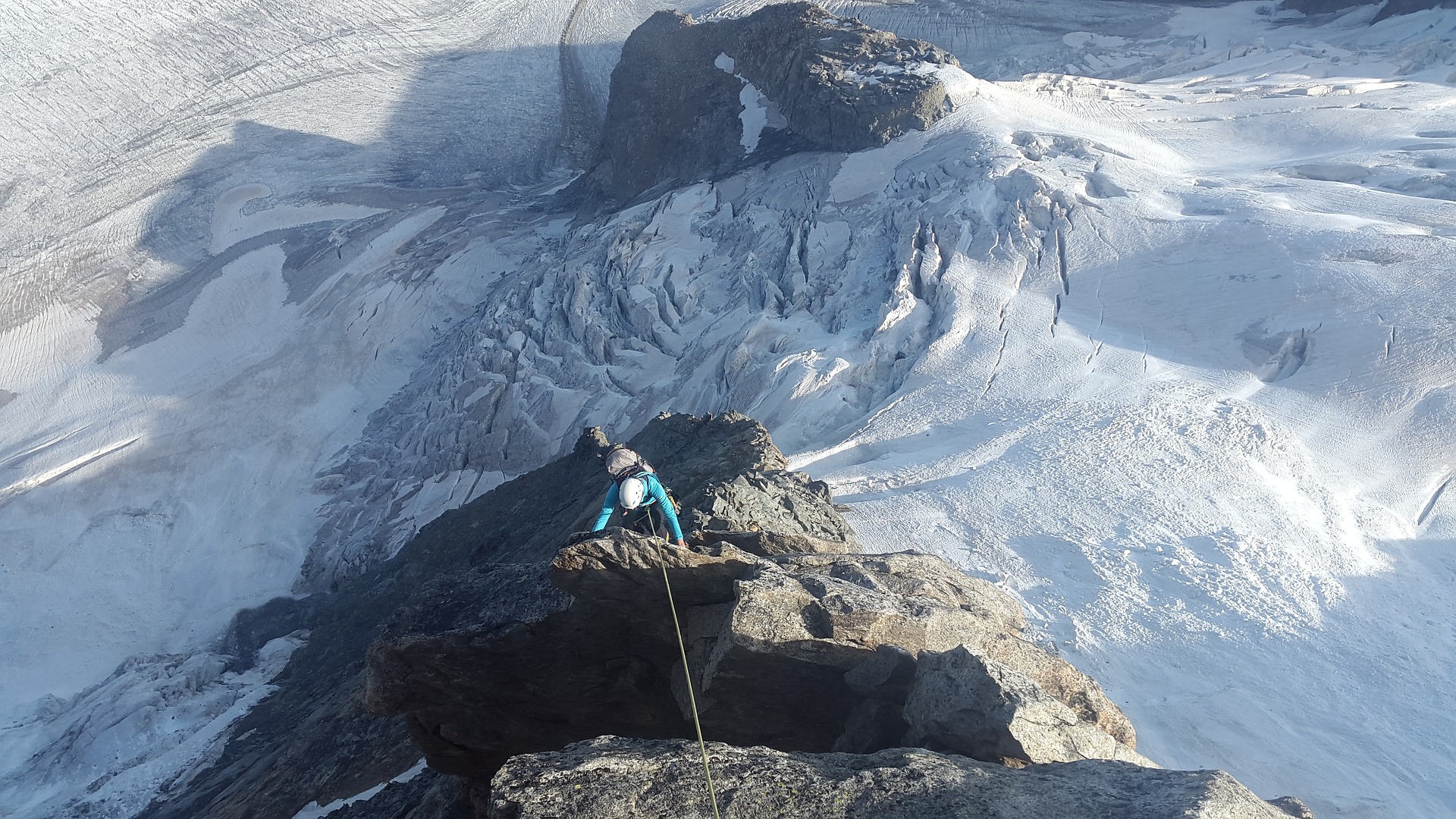
I’m going to break it down by importance. At the top are the items that you can’t get on a rope without. At the bottom are the things you’ll need if you want to stop relying on your friends to take you out. As a beginner, you will probably be using a lot of your friends’ gear as you slowly accumulate your own. Read on to learn all about what you’ll need when you’re just starting out.
This list is specifically about sport climbing, or climbing on ropes using fixed bolts for protection. If you want to boulder, all you need are shoes, chalk and balls of steel. You could invest in a crash pad if you have the first three items covered. If you want to start trad climbing, it’s best to learn sport climbing first and slowly transition to trad climbing as you gain experience and climbing gear.
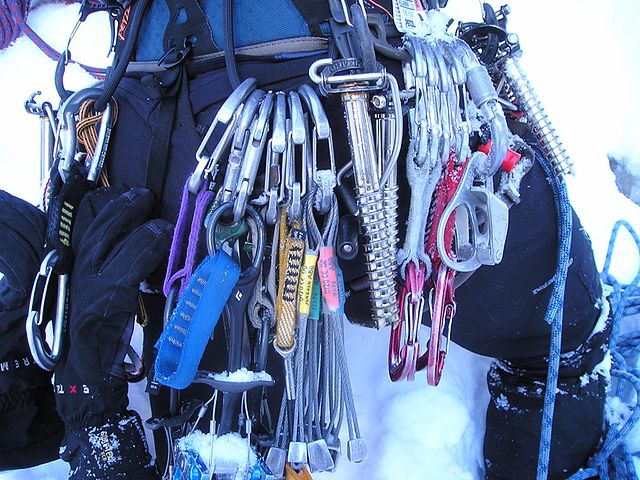
So I’ll walk you through what you need, why you need it and how important each piece of climbing gear is.
In order to start sport climbing these are the essentials:
A harness
A harness is the most important piece of climbing gear there is. Unless you want to tie a rope around your waste like the pioneers, you’re going to need one of these.
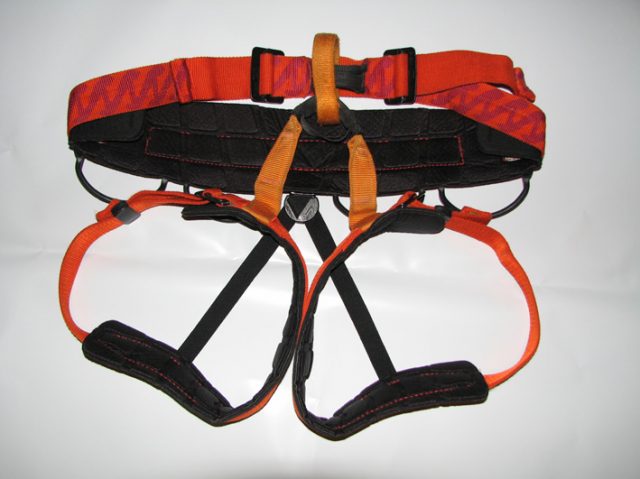
Harnesses come in a variety of shapes, sizes and prices. When you pay for a more expensive harness you aren’t buying more safety, you’re buying more comfort. If you long to climb tall, multi pitch climbs that will have you hanging in it all day, then an expensive harness may be the way to go. If you are just starting out though, a simple harness from your local REI will do just fine.
Shoes
While they are not required, you will realize immediately why we wear them. A good pair of shoes can make you twice the climber you thought you were. Most of rock climbing is in your legs, despite what it may look like. The ability to rely on your feet for balance and grip is essential.
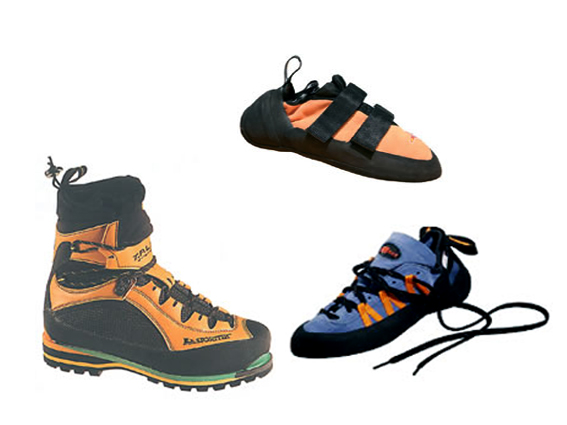
Shoes are also the one piece of climbing gear that you can’t so readily borrow from a friend. Unless you and a friend happen to have the exact same foot size and compatible foot funk smells, you’ll need your own pair. They can cost between $60 and $200, but a good pair will last you for years.
Do some research and ask for advice when buying shoes. These are a big investment and they will make a huge difference in your level of ability and comfort. There are shoes designed for advanced bouldering, shoes for long days of multi pitch climbing, and shoes for an all around experience. You can choose from lace-ups, straps, or slip-ons. There really are too many to choose from.
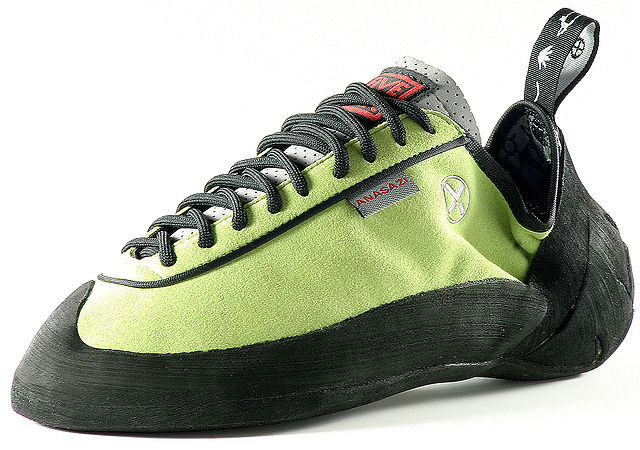
So do some good research and try on several of the leading brands at your local outdoors store. This will give you some context to base your decision on. You want your shoes to be tight, but not too painful. They will stretch out with use and you don’t want loose shoes.
A belay device
Your belay device, is the piece of hardware you use to hold on to the rope. This is what keeps your partner safe if they fall while climbing. Needless to say, it’s pretty important.
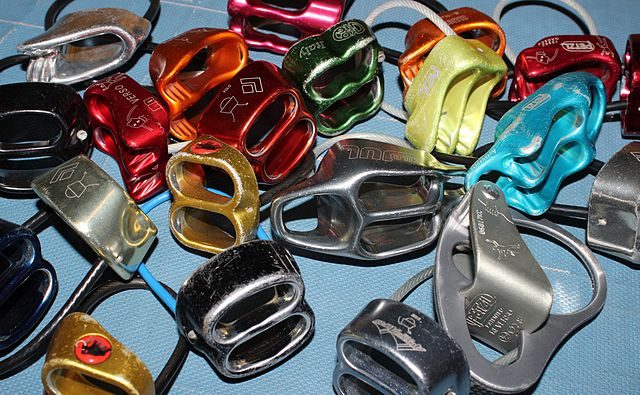
There are a ton of different styles of belay devices on the market and each has advantages and disadvantages. The two main types of belay devices are assisted and unassisted braking devices.
The most common assisted braking device is called the GriGri (pronounced ‘gree-gree’). Assisted braking devices cost more than unassisted ones because they do the work for you.
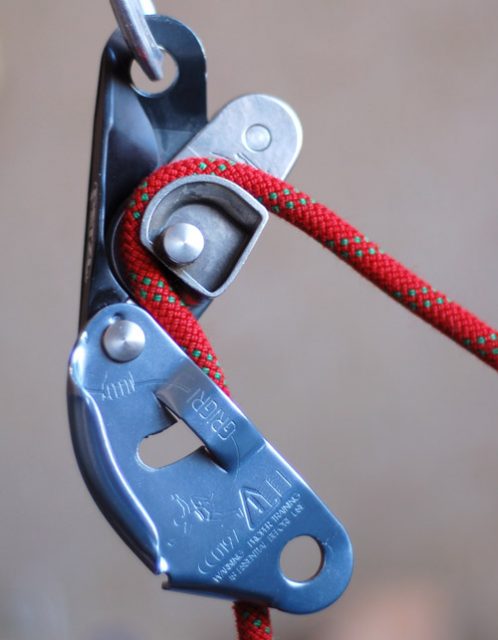
If you use a GriGri to belay, you can take your hands off the rope and your partner will still be safe. They can be nice when you have a lot going on and they have multiple applications besides simply belaying. However, I don’t recommend one to start with.
The reason you should start with a classic, unassisted device like an ATC is because you need to develop good habits. If you learn to belay with a GriGri and can take your hands off the rope while belaying, you are missing the whole point of belaying. Better to have your partner’s life in your hands, and learn to do it the right way from the start.
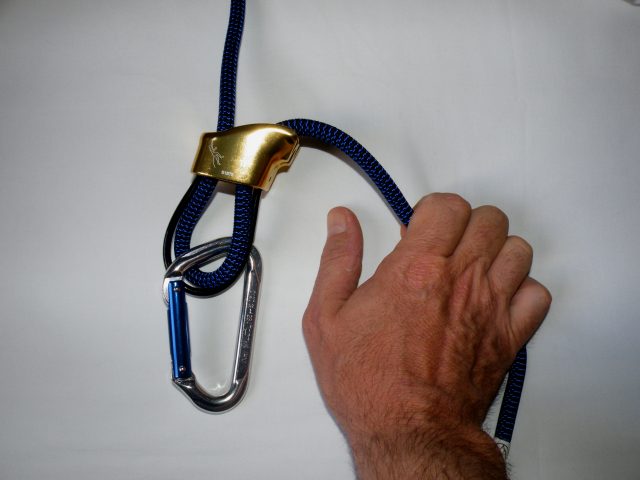
An ATC (‘air traffic controller’– don’t ask me why they’re called that) is the most common type of belay device. It essentially uses mechanics to create a sharp angular change in directional force. This allows you a considerable mechanical advantage so that a very light or weak person can catch someone much heavier than themselves.
Training, knowledge and an emergency plan
Once you have some basic climbing gear, it is vitally important that you learn how to use it. This guide is certainly not enough. You need to learn from people, from videos, and from books. Most importantly, you need to learn from safe experience.

If you have a friend that already climbs safely and intelligently, get them to take you out and teach you. Bribe them with gas money or beer or back rubs, whatever it takes. There is no substitute for hands on instruction.
Every time you go climbing, there are different risk factors based on the team, the environment and a thousand other variables. Always consider what might go wrong and develop a plan for how you could deal with potential emergencies.
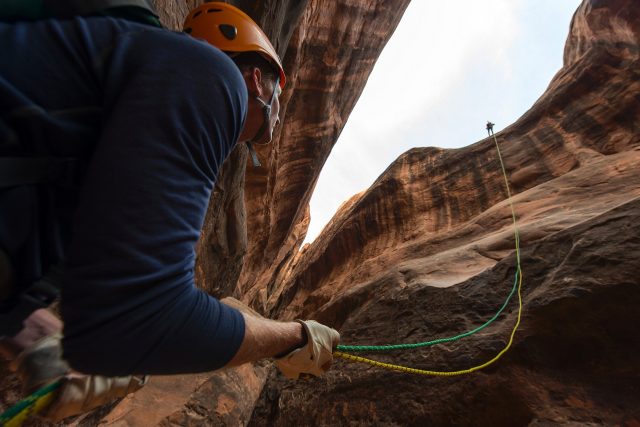
Just because you are less experienced than the rest of the group does not mean you can follow along without worry. Develop a practice of thinking ahead and managing risks before you take them.
A helmet
A lot of people think a helmet is optional or dorky. That might be true at the skatepark, but that is not true on a mountain or at a sport crag. Many climbers won’t even climb with you if you don’t have one. Typically, the biggest danger in rock climbing is not falling like most people think, it is actually rockfall from above. This is entirely out of your control and can be deadly.
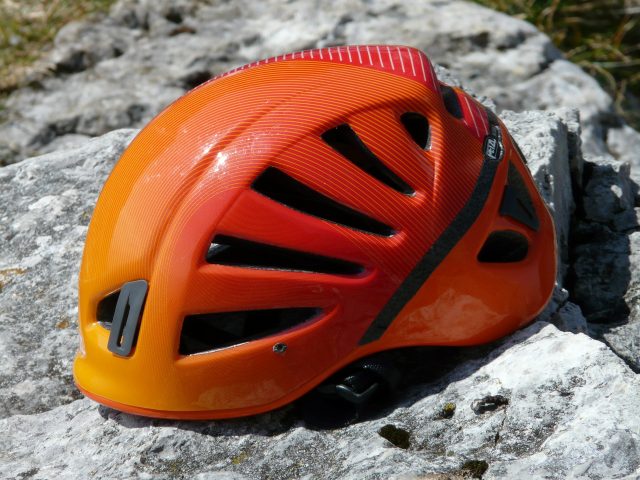
Even at a small sport crag where everyone is just hanging out, one person up on the wall above you might accidentally knock a loose rock off the top. By the time a rock reaches the bottom it is traveling at crushing speeds and even rocks smaller than golf balls could kill you or knock you unconscious.
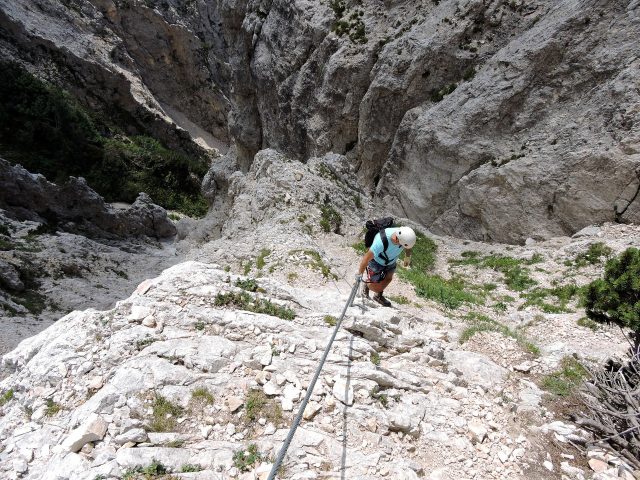
That’s why it’s important to wear a helmet while climbing and especially while belaying. After all, the belayer is at the bottom the whole time where the risk of rockfall is highest. For some climbs it is even important to wear your helmet before you get to the climb as many approach trails lead up loose scree fields strewn with loose rocks and boulders.
If you’re still not sold, check out this article about why climbing helmets are absolutely essential.
–Please read on in Climbing gear for beginners part 2–




